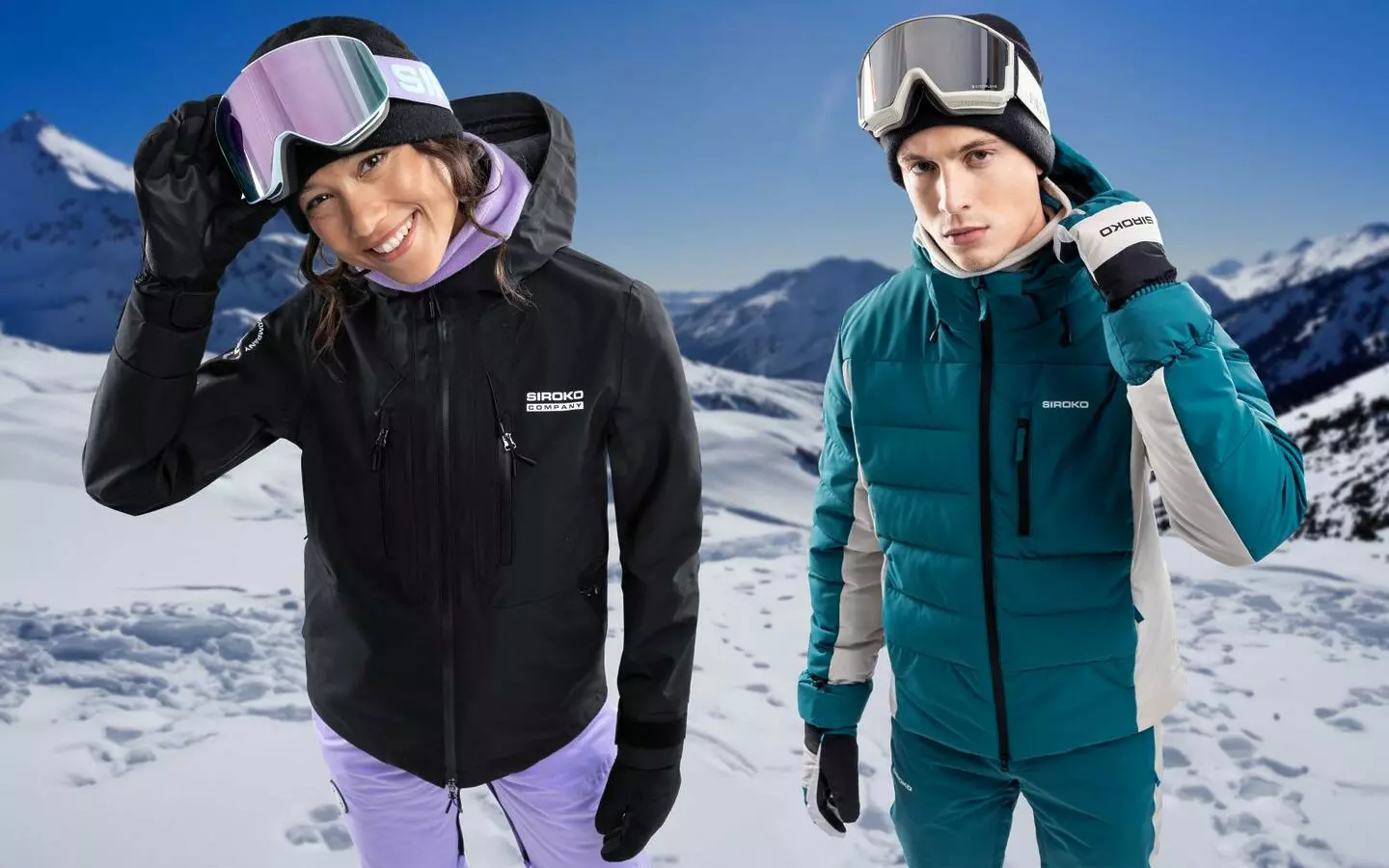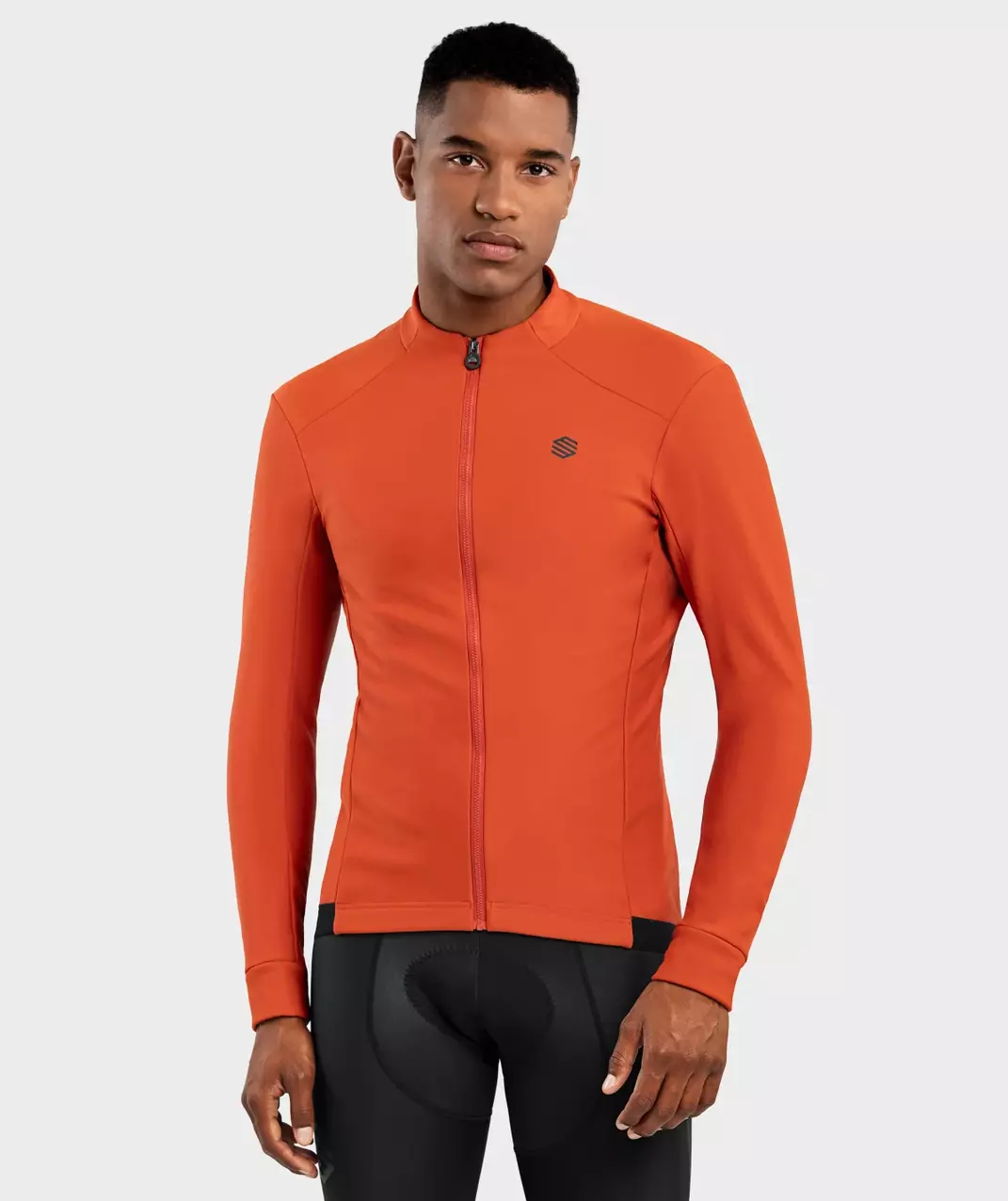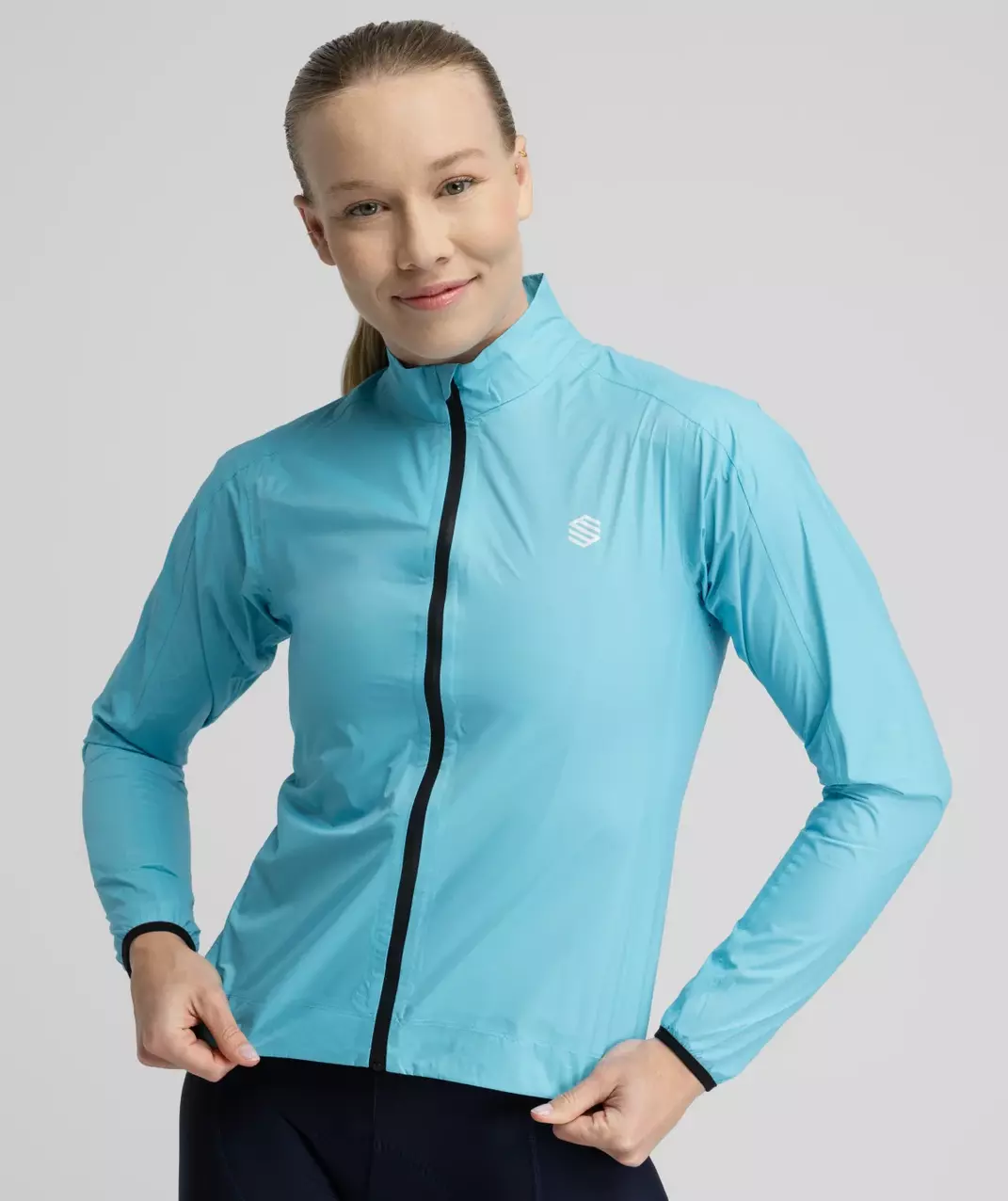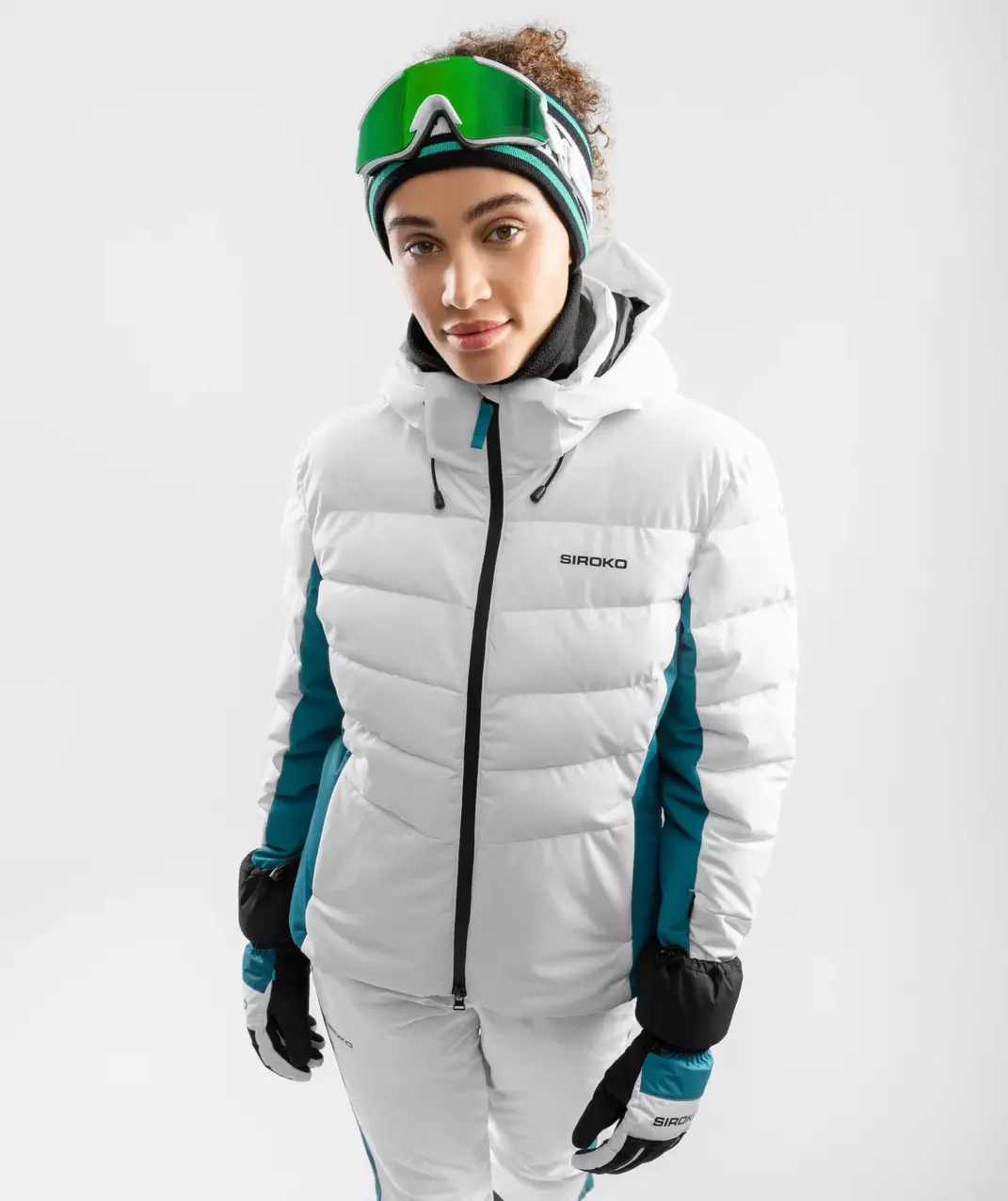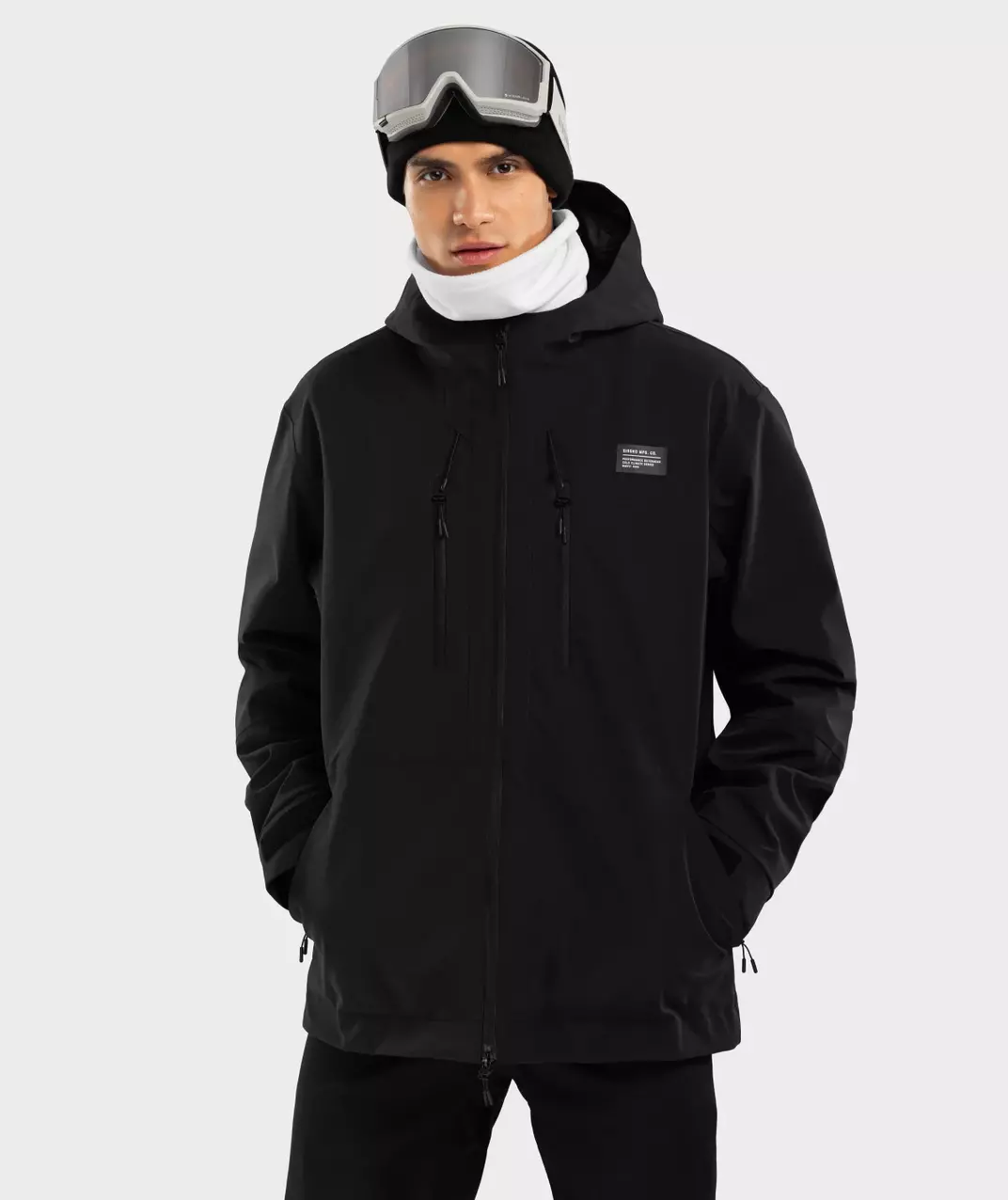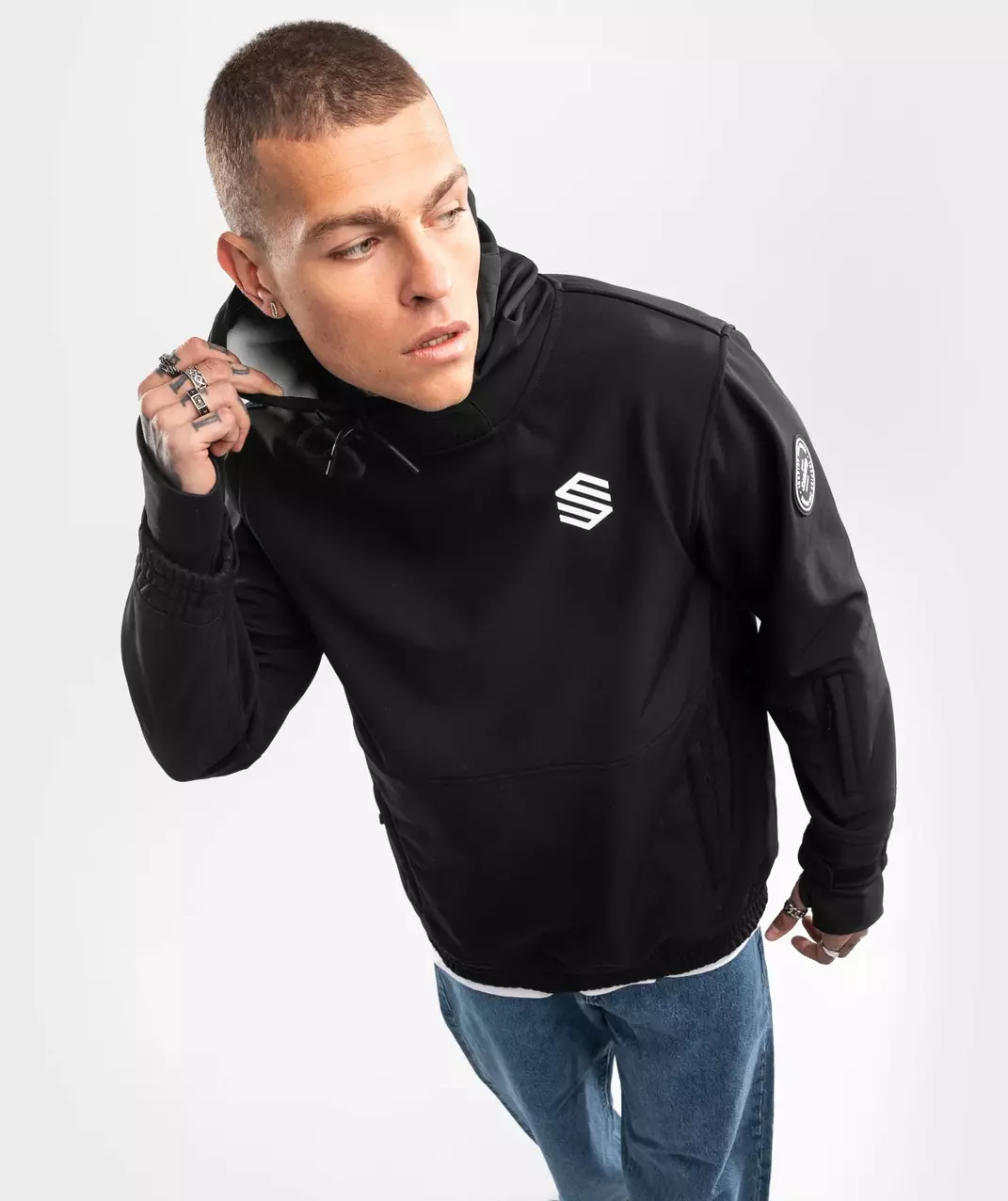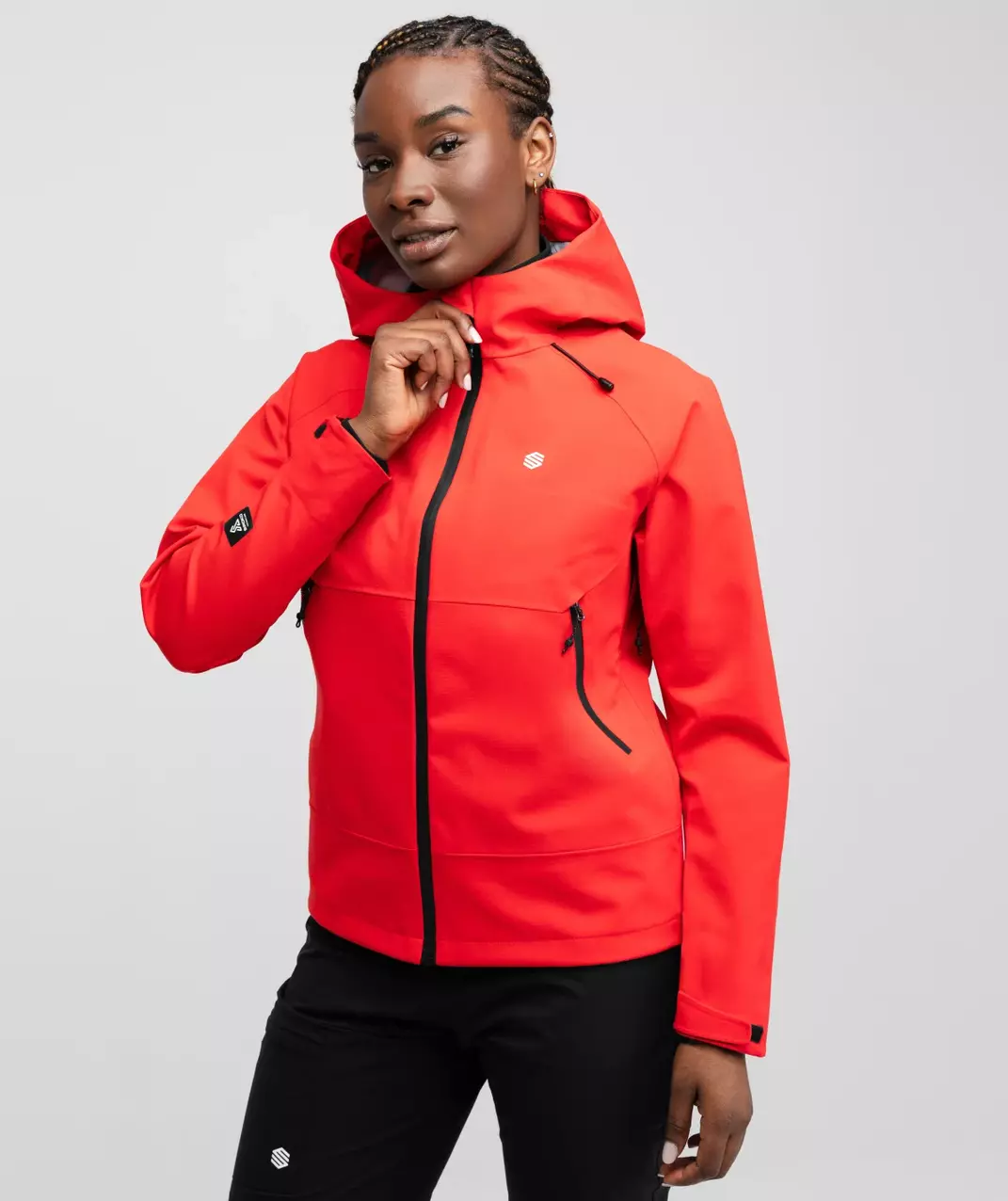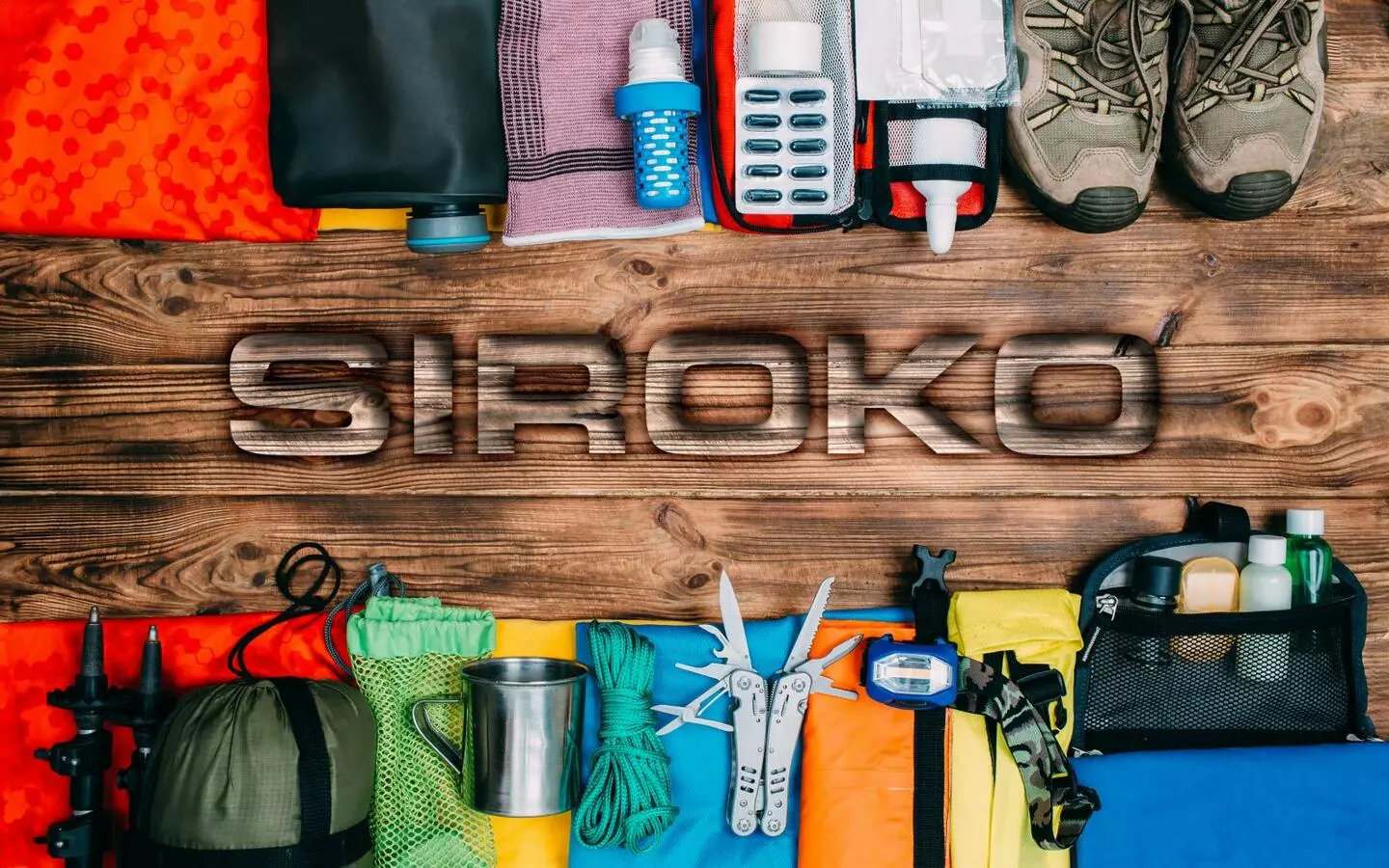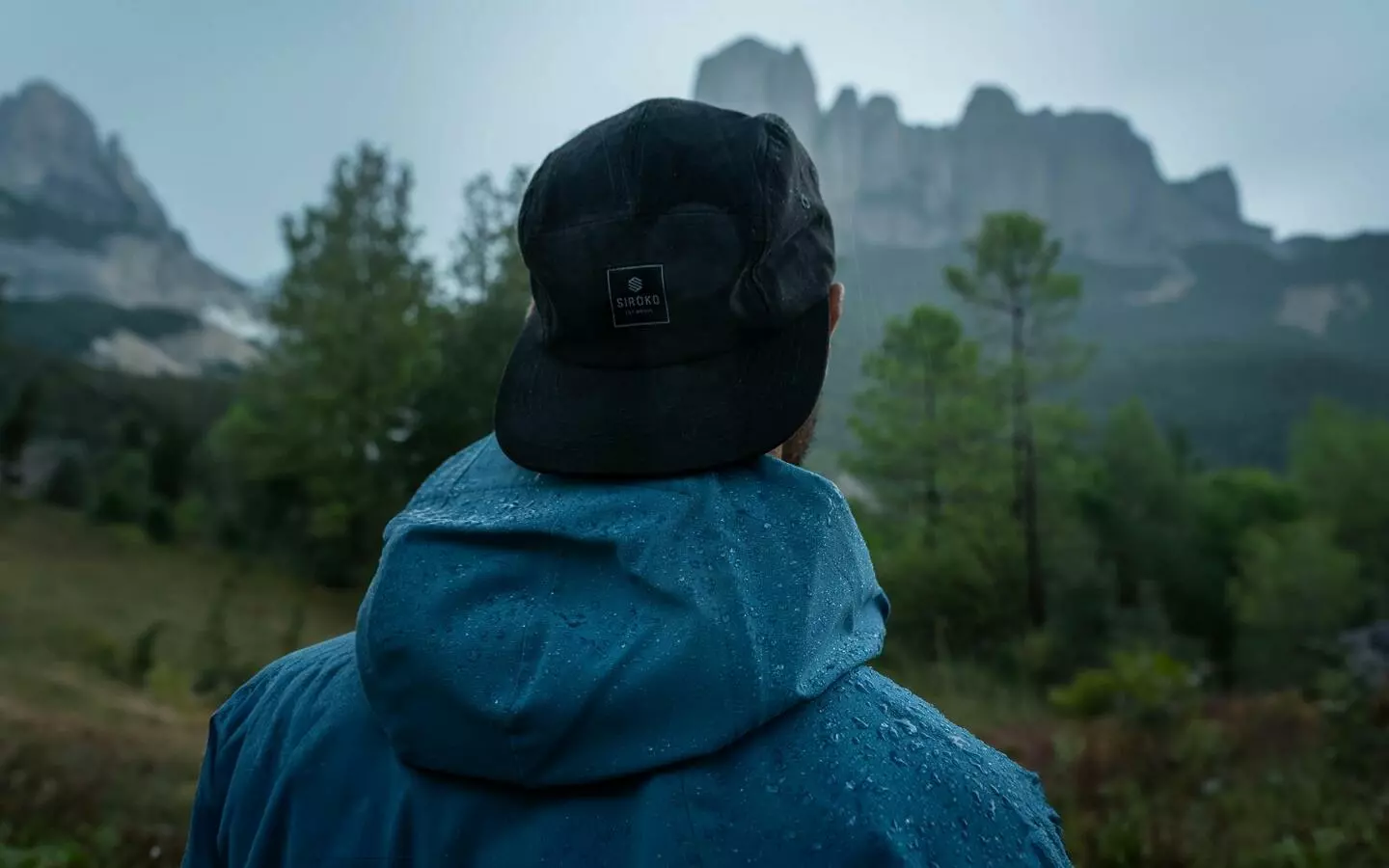When it comes to gearing up for outdoor activities, deciding whether to go with a softshell or a hardshell garment can be one of the toughest calls. Both have their perks, and their performance really depends on the weather and what you’re planning to do. In this guide, we compare these two types of fabrics to help you figure out when to use each one, how to layer up with them, and what to consider when picking your outfit for cycling, winter sports, or hiking.
What is a softshell garment?
Softshell garments are designed to provide a balance of comfort, breathability, and wind resistance. Typically made from 2 or 3-layer fabrics, they may include an outer or inner membrane to enhance water resistance and/or thermal insulation. However, their main feature is their soft, stretchy fabrics that allow for ease of movement, and often come with a brushed inner siede that offers moderate thermal insulation.
Pros of softshell apparel:
- Highly breathable.
- Windproof.
- Comfortable and elastic.
- Stretchier, quieter fabric and more versatile than hardshell apparel.
Cons of softshell apparel:
- While most softshell garments are treated with a water-repellent coating (DWR), they are not fully waterproof.
- They provide less insulation and protection in extreme weather conditions compared to hardshell garments.
Advisable to wear: on cold, dry days, or when there’s light drizzle expected. For high-intensity activities like cycling, ski mountaineering, or fast-paced trekking. On very cold days, combining a softshell garment without insulation with one that has either synthetic or down insulation is recommended for added warmth.
What is a hardshell garment?
Hardshell garments, on the other hand, are crafted to shield you from the elements, especially heavy rain, snow, and strong winds. Made of waterproof and breathable membranes (such as Gore-Tex and similar materials), they are generally stiffer than their counterparts.
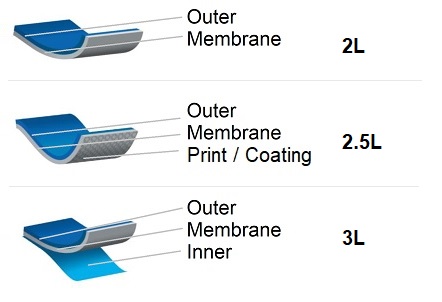
Pros of hardshell apparel:
- Completely waterproof.
- 100% snow and windproof.
- Designed for harsh weather conditions.
Cons of hardshell apparel:
- Less breathable than softshell garments.
- More rigid, noisier fabric and generally less comfortable.
- Stiffer structure, which can limit mobility.
Advisable to wear: in rainy climates, storms, at high altitude, or in situations where staying dry is a top priority.
How to layer up softshell and hardshell garments
Both softshell and hardshell clothing should be considered when layering up, as they are essential for regulating body temperature and keeping you comfortable. The basic layers you should always incorporate are the following:
- Base layer: thermal underwear and other inner garments designed to wick away moisture.
- Mid-layer: provides insulation to retain heat.
- Outer layer: protects against the elements.
Softshell as outerwear: the perfect choice if heavy rain isn’t in the forecast, as it offers warmth and some protection against wind and moisture. You can wear it directly over your base layer or on top of a light mid-layer, such as a technical sweatshirt or a thin fleece.
Hardshell as outerwear: a must if you expect harsh weather. Depending on the temperature, you can choose to wear it over your base layer or your mid-layer, which could be a fleece, an insulated jacket, or even a softshell garment.
What to wear depending on the type of activity
1. Cycling
- Softshell: your best choice for autumn or mild winter rides. A perfect example is the Siroko J1 jacket, which is windproof and offers high breathability and some water resistance.
- Hardshell: preferable for heavy rain or long outings in wet conditions. Siroko J2 rain jackets are great for those occasions; the C5 Gore-Tex Shakedry jackets, ultralightweight and fully waterproof, are also a fantastic option if you’re facing intense rain.
Tip: Breathability and an aerodynamic fit are key in cycling, so a softshell garment will be more than enough most of the time, while hardshell ones are best reserved for harsh conditions.
2. Winter sports (skiing, backcountry skiing, snowboarding)
- Softshell: an ideal choice for activities that increase your body temperature without exposing you too much to moisture. Siroko W2 and W7 jackets are a great option, offering elasticity, comfort, and just the right amount of protection for these activities.
- Hardshell: a must in areas with low temperatures and where it’s raining or snowing. A solid choice is the Siroko W5 jacket, designed for maximum protection and specifically for snow sports.
Tip: If you’ll be out in the snow a lot or at high altitudes, a hardshell gives you all the protection you need.
3. Trekking and hiking
- Softshell: for routes with cool, stable weather, a softshell garment is all you need. If you’re looking for one that offers ease of movement and warmth without overheating, the Siroko W1 lifestyle jacket is the perfect find.
- Hardshell: for long treks or areas where the weather can change quickly, a hardshell should be your go-to. Look for something waterproof and lightweight, similar to the Siroko Inca jacket for women.
Tip: on long treks, bring both if they’re not too heavy: use the softshell as your go-to, and switch to the hardshell if the weather changes and things get rough.
So, here are the takeaways:
When choosing between a softshell or hardshell garment, take into account the type of activity, the weather forecast, and the intensity of the physical effort you’ll be putting in:
- High intensity + dry weather: softshell.
- Low intensity + severe weather: hardshell.
- Mixed conditions: consider bringing both.
And a rule of thumb to remember: a good jacket can make a difference, but it won’t replace proper planning and knowing how to read the weather. Whenever you’re heading into the mountains or hitting the road, always pack the right gear for the worst-case scenario.
At the end of the day, both softshell and hardshell play an essential role in your wardrobe. Understanding the differences and learning how to mix and match them is key to enjoying outdoor activities to the fullest while staying safe and comfortable.
